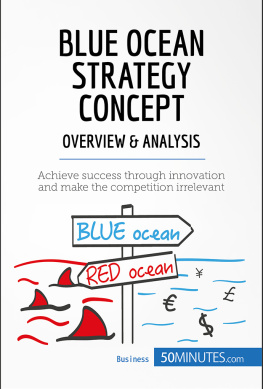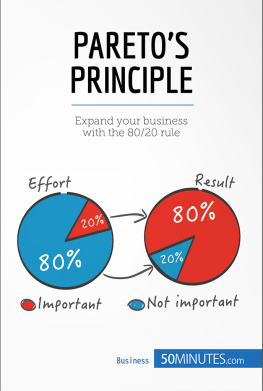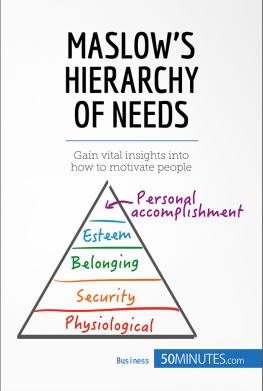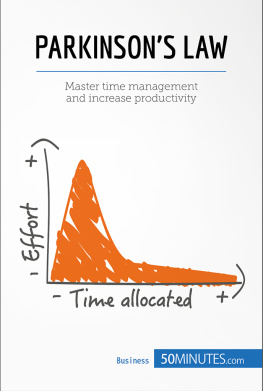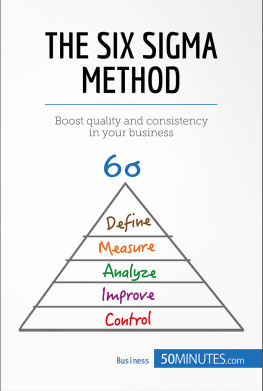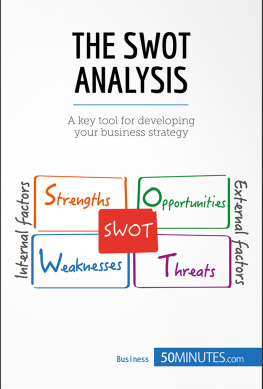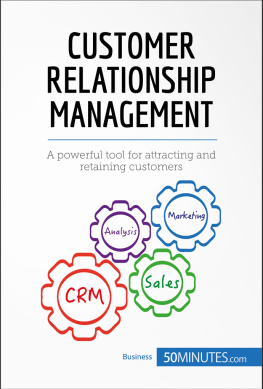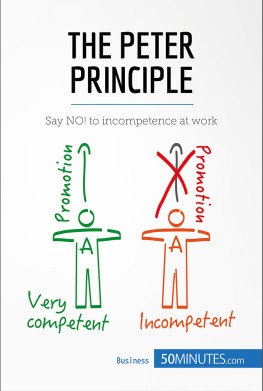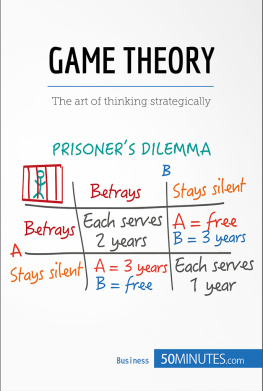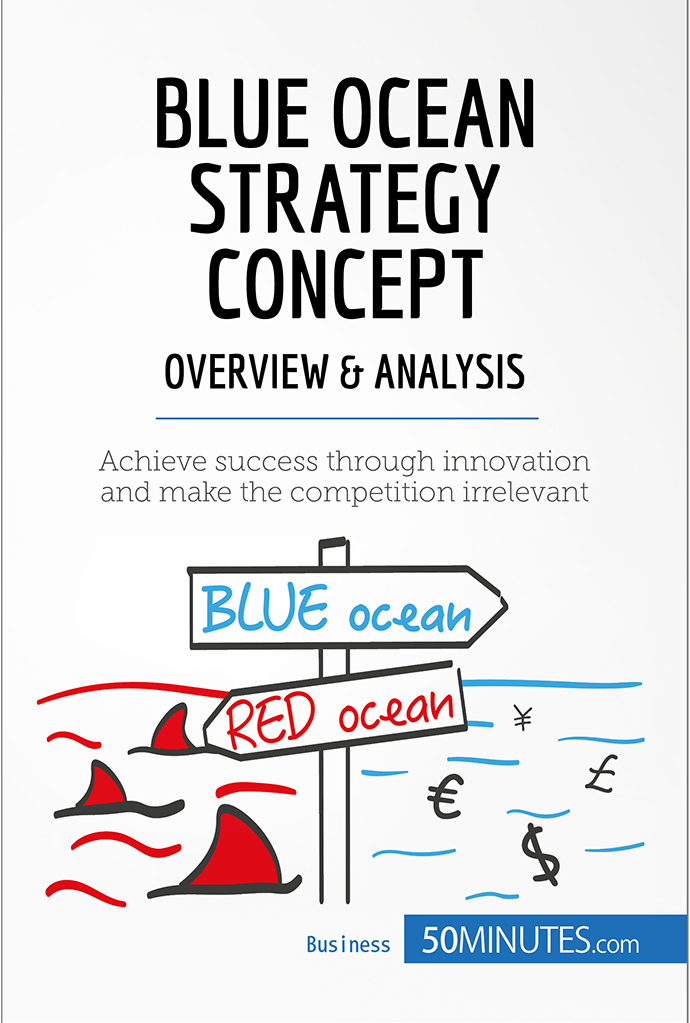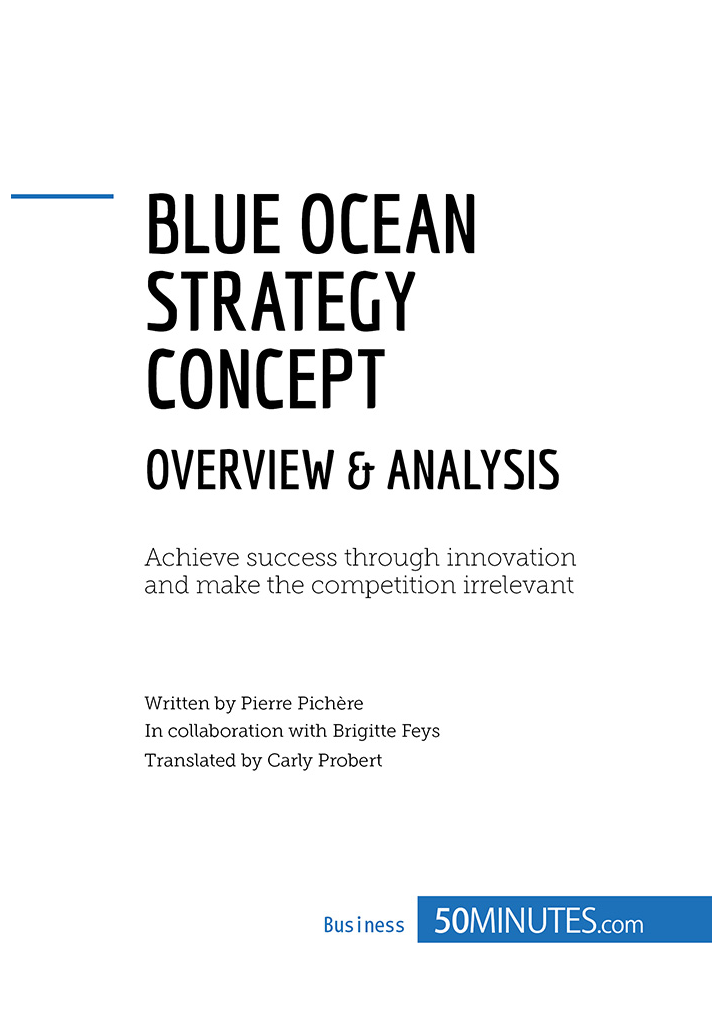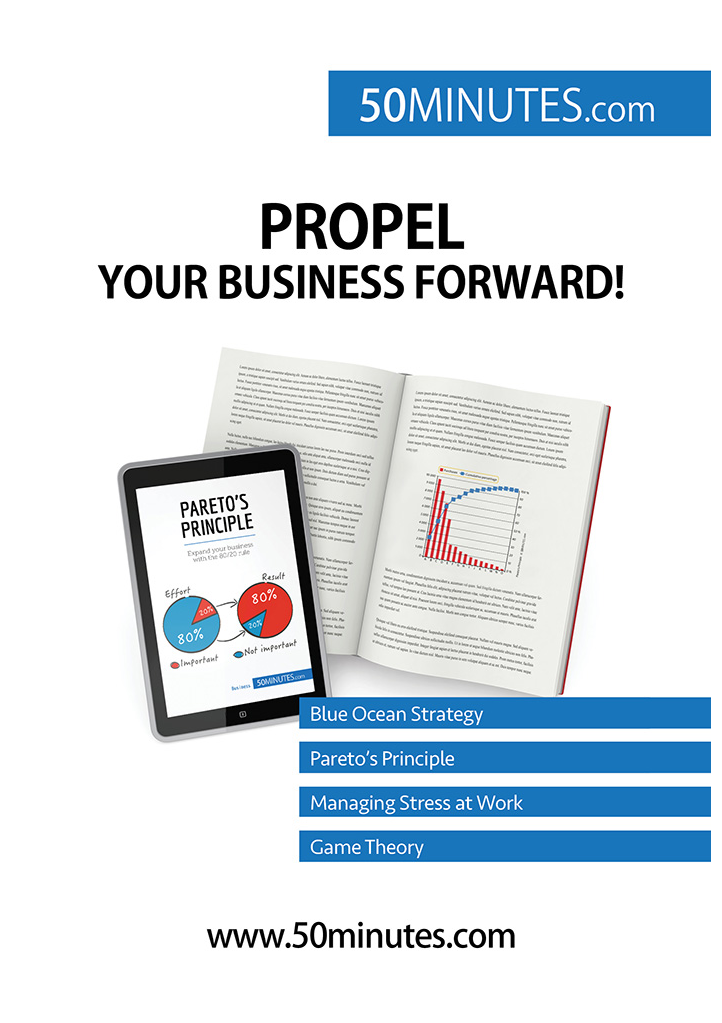Blue Ocean Strategy concept theory and applications
Key information
- Name: Blue Ocean Strategy.
- Uses: Business, marketing and innovation.
- Why is it successful? It moves the business away from competition, guarantees performance and can be adapted to any sector.
- Key words: Blue ocean, red ocean, strategy, innovation, creation of new strategic spaces, competition, business.
- W. Chan Kim (born in 1952) is a member of the World Economic Forum in Davos and is considered by the Harvard Business Review to be one of the most influential thinkers in management and business. He co-directs the Blue Ocean Strategy Institute at INSEAD (European Institute of Business Administration) with Rene Mauborgne, where he also works as a professor.
- Rene Mauborgne (born in 1963) is a renowned professor of strategy and the co-director of the Blue Ocean Strategy Institute. In 2013, she was named one of the top five professors of MBA programmes and received the Carl S. Sloane Award for Excellence a year later, awarded by the Association of Management Consultancy Firms for excellence in research.
Introduction
In today's fast-moving international business environment, creativity is becoming the key to long-term performance. The need for new perspectives in companies innovation policies leads to groundbreaking ideas. Blue ocean strategy illustrates this perfectly.
History
This strategy, set out in 2005 by W. Chan Kim and Rene Mauborgne in their book Blue Ocean Strategy: How to Create Uncontested Market Space and Make the Competition Irrelevant (translated into 43 different languages with 3.5 million copies sold worldwide), turns the theoretical foundations of strategic business innovation upside down. It encourages all economic stakeholders to do the same with creative innovations described as 'disruptive' by investing in technology, conquering new markets or even collaborating with other socioeconomic stakeholders.
This strategy comes from a series of studies and is consistent with a number of other pieces of research, particularly those of the architect Clayton Christensen (born in 1952) and Michael Raynor (born in 1967), a managing director at Deloitte Services LP. It suggests a number of tools to create a systematic process of innovation.
The Blue Ocean Strategy Institute was opened in 2007, at the Fontainebleu campus of INSEAD, to examine the concept in more depth. Thanks to their book, the two authors have been awarded countless prizes and earned international recognition in both the business sphere and the world of marketing.
Definition of the model
The Blue Ocean model redefines the classic way of representing development strategies. Igor Ansoff (1918-2002), in one of the first publications dealing with business strategy, Corporate Strategy (1965), and Michael E. Porter (born in 1947), with his five forces model for competition and value chains, are also part of this rethinking of business strategy. Their models are still used today in a number of sectors.
Kim and Mauborgne identify two types of markets in which economic stakeholders operate:
- The markets referred to as 'red oceans' represent saturated markets. Opportunity for growth is rare because so many stakeholders are involved, fiercely battling to increase their market share. The colour red refers to the competition, but also to the suppliers, customers and purchasing advisers who want to maximise their own margins and shares of the market or other profitability measures (sometimes at the cost of outsourcing, mergers, bankruptcy, etc.).
- The markets referred to as 'blue oceans' represent new domains where businesses can develop alone, with very little (or no) competition, thanks to radical innovation. This concept changes the structure of the market by creating an infinite amount (or 'ocean') of new demand. This is called 'value innovation' by the authors or, more broadly, 'useful innovation'.
Clearly distinguishing itself from classic approaches focused on differentiation through quality, cost leadership or concentration, blue ocean strategy encourages businesses to break free from existing parameters in terms of supply and demand and explore other environments where they can add new value and thus secure a leading position.
Theory
By differentiating between red oceans and blue oceans, Kim and Mauborgne propose an analysis bringing together strategy, marketing and innovation.
Red oceans vs. blue oceans
With its origins in marketing, analysing the life cycle of a product is a classic method: after the launch comes growth, followed by maturity and then decline. This reasoning takes into account the volume of sales and the lifespan of the product (the quicker the speed of innovation, the shorter the life cycle of the product).
But what about the current and potential profitability? This depends on the competition, which determines prices, but also on the companys ability to manage its own cost prices and develop penetration strategies, ensuring strong market coverage. A product still in its 'growing phase' is often marketed by numerous sellers. This is when the race to cut prices begins. This is precisely what Kim and Mauborgne call a 'red ocean' - a known strategic space where stakeholders accept the parameters and compete fiercely against each other. It is already clear that a simple application of this typology leads to strategic choices regarding product range and financial equilibrium in terms of short-, medium- and long-term profitability and growth.
In the modern economic context, there is an increasing number of red oceans, since the majority of products are positioned in mature markets. Moreover, the international openness of nearly every market encourages an increasing number of stakeholders, which involves some competition, and is hardly offset by the appearance of new economic sectors caused by technological progress. Kim and Mauborgne point out that the traditional theory of business helps decision-makers to survive in a red ocean: concentration on the core business, outsourcing in order to lower cost prices, etc.
Blue ocean strategy encourages stakeholders to abandon the red oceans, which do not create enough value, to move towards blue oceans. In these new strategic spaces, every business can develop alone and, at least for a time, will not be constrained by excessive competition and price wars.
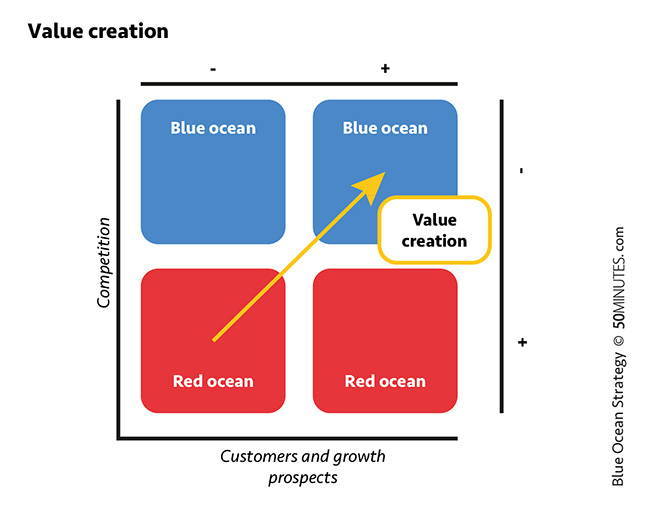
Switching oceans using value innovation
The key to moving from a red ocean to a blue ocean is innovation. However, innovation based purely on technology is not enough. Kim and Mauborgne call the process of radical division that leads to a blue ocean 'value innovation'. This concept works both for businesses in search of economic performance, and the customers who need to be satisfied.
Of course, the innovation described by the two authors requires the participation of the economic stakeholders, in this way differing from the traditional neoclassic approach, which considers innovation to be external. It is a voluntary step taken by the business, which will need to re-evaluate its entire approach if the transition is to be successful. In this respect, it is driven by the economic stakeholders themselves. This approach to innovation goes all the way back to Jean-Baptiste Say (journalist and economist, 1767-1832) and continues today through a range of economists with very different ideas, such as Karl Marx (1818-1883) and Joseph Schumpeter (1883-1950).

